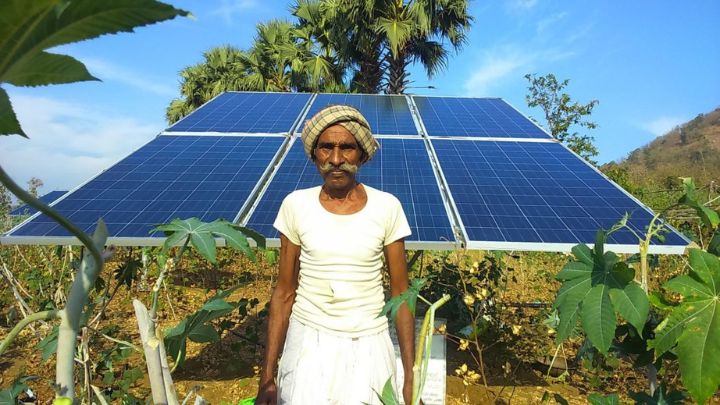
Introduction
In recent years, the global automotive industry has witnessed a paradigm shift with the rapid rise of electric vehicles (EVs). As nations worldwide commit to reducing carbon emissions and combating climate change, EVs have emerged as a pivotal solution towards a sustainable future. However, amidst this transformative journey, ensuring the success and longevity of the EV revolution demands meticulous attention to technical due diligence.
Growing Global Investments in EV Sector

- In 2022, Venture Capital (VC) investments in early-stage battery technology start-ups increased by 15% to nearly USD 850 million
- VC investments in vehicle and charging technology start-ups rose by 50% to USD 1.2 billion in 2022
- Notably, the charging segment saw a record high in early-stage funding, reaching USD 730 million
- Funding for battery recycling and reuse experienced an eightfold increase from 2021, reaching USD 200 million
- From 2018 to 2022, China dominated VC investments in electric car start-ups, accounting for 70%. The United States led in investments for charging, trucks, and battery components during this period
- Funding for battery manufacturing start-ups was evenly distributed across China, Europe, and the United States
- India emerged as a significant player in the global EV VC space, particularly in two-wheelers, alongside China
Technical due diligence serves as the cornerstone of evaluating the feasibility, reliability, and safety of EV technologies and infrastructure.
- Performance and Efficiency: Technical due diligence assesses the performance metrics and efficiency of EV components such as batteries, motors, and charging systems. This scrutiny ensures that EVs meet or exceed the performance benchmarks set by traditional internal combustion engine vehicles, thereby instilling confidence among consumers and investors.
- Safety Standards Compliance: EVs involve intricate electrical systems and high-voltage components, necessitating adherence to rigorous safety standards. Technical due diligence verifies compliance with regulatory requirements and industry standards, mitigating risks associated with potential hazards such as battery fires or electrical malfunctions.
- Supply Chain Resilience: The EV ecosystem relies on a complex global supply chain encompassing critical raw materials, components, and manufacturing processes. Thorough technical due diligence evaluates the robustness and resilience of the supply chain, identifying vulnerabilities and mitigating supply chain risks to ensure uninterrupted production and distribution of EVs.
- Innovation and Technology Integration: EVs continue to evolve with advancements in battery technology, autonomous driving capabilities, and vehicle-to-grid integration. Technical due diligence facilitates the assessment of emerging technologies, and the evaluation of their feasibility, scalability, and compatibility with existing EV platforms.
- Infrastructure Development: The widespread adoption of EVs hinges upon the availability of robust charging infrastructure. Technical due diligence scrutinizes the design, implementation, and scalability of charging networks, ensuring seamless integration with grid infrastructure and optimizing charging efficiency.
- Investment Decision-Making: For investors and stakeholders, technical due diligence provides invaluable insights into the viability and potential risks associated with EV projects. By conducting comprehensive assessments of technological, operational, and financial aspects, due diligence enables informed investment decisions, thereby fostering confidence and accelerating the flow of capital into the EV sector.
“The essence of technical due diligence lies in uncovering the hidden intricacies of technology, illuminating the path towards innovation, resilience, and sustainable growth.” – Vikrant Vaidya, Senior Partner, pManifold Group
pManifold works extensively in the eMobility sector providing technical due diligence support enhancing investment impact, market positioning, and development efficiency for various stakeholders as shown below:

Read more pManifold on technical due diligence –







